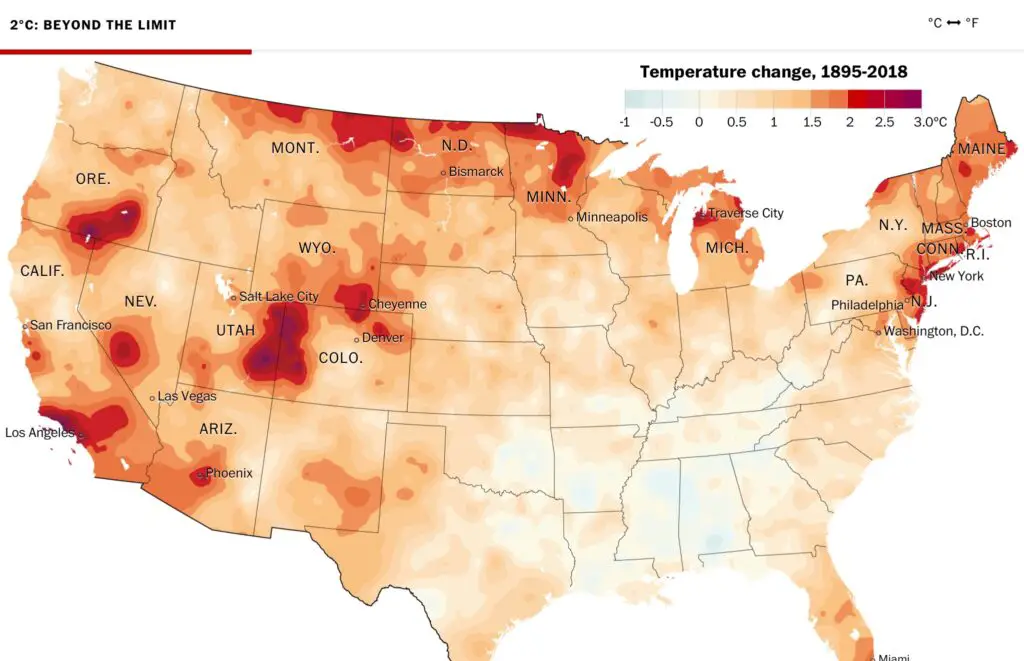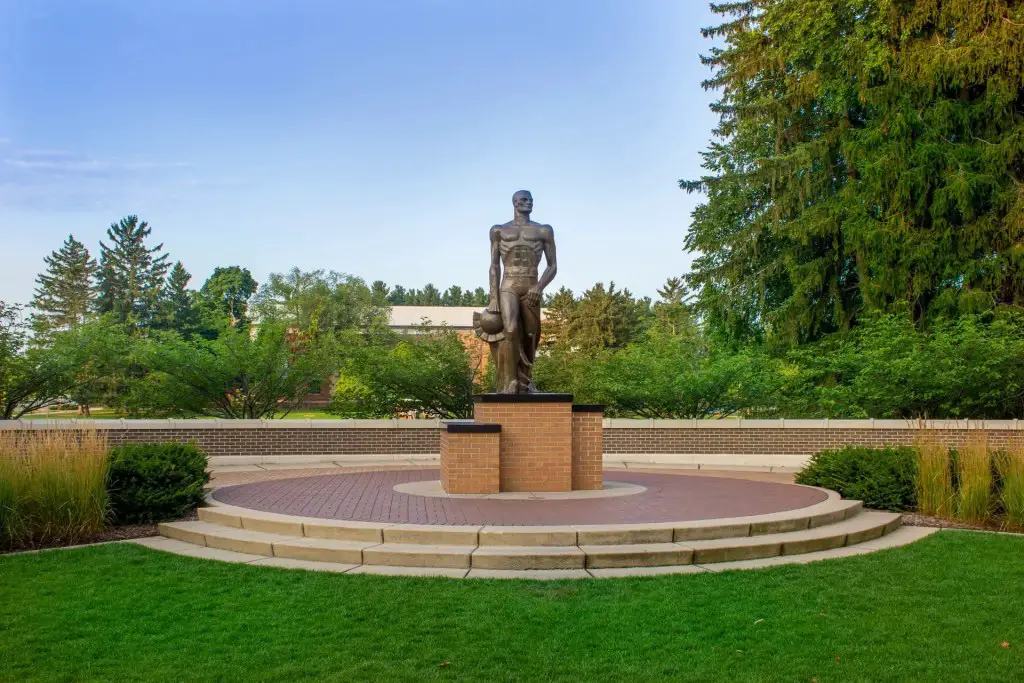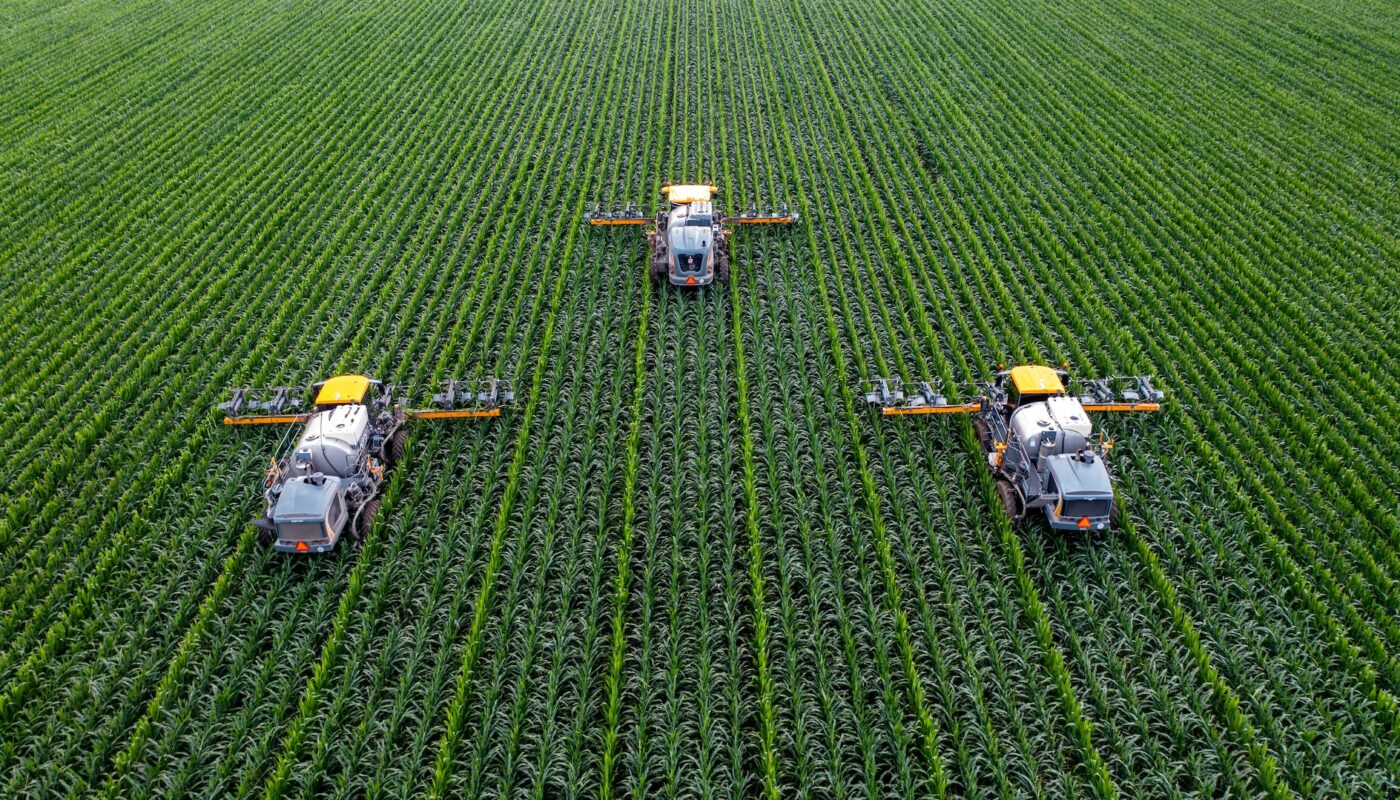Michigan is a state with thriving agriculture. The farming and food production industry generates more than 100 billion dollars annually for the state’s economy. Michigan produces crops such as asparagus, cucumbers, black beans, pumpkins, and tart cherries. The state’s farmers grow many different crop types and have more than 300 commodities, from poultry to carrots.
What We Will Cover
Michigan Agriculture is An International Business

In addition to Michigan residents, these products are bought and consumed in many other countries worldwide. About one-third of the products produced in the state are exported to markets in Canada, Mexico, China, South Korea, and Japan.
As one of the oldest industries in the state, agriculture encompasses many other areas, including
- Agribusiness
- Research
- Innovation
- Manufacturing
- Agricultural education
- Agro-tourism
Around ninety-five percent of farms in Michigan are owned and operated by either single families or family partnerships. Most farms are family businesses, and of the few corporations that work in this state, most are run by different generations of the same family.
Michigan Is Ideally Suited For Sustainable Agriculture

Three factors determine farming in Michigan: climate, soils, and topography. Farmers cannot control climate or topography, but everything else can be corrected or improved. For example, by adding organic matter, irrigation or soil increases or decreases acidity. Conservation tillage is used on 40 percent of the state’s farmland.
The Great Lakes, latitude, and elevation are the determining factors of Michigan’s growing season. Lake Michigan is vital to the fruit zone in the western part of the state, providing warmth during autumn and extending the length of mild autumns. The state’s growing season varies between its northern and southern parts due to latitude variation between 42 and 47.
Crop Diversity in Michigan

Agricultural zones in the state are defined by varying growing season lengths. The state’s weather plays a significant role in determining the most affected crops, such as tree fruits, corn, dry beans, and different kinds of vegetables.
Applying crop type classification, you can find many different types of plants on the farmland of this state.
Apple Orchards
For instance, The Great Lake State is the second-largest producer of apples in the country. The family farms grow there about 15 million trees. Orchards are transitioning to ultra-dense plantings. Apples from Michigan are usually shipped from mid-August through June, and 50% of the crop is processed into other products.
Asparagus
The next type of crop which is commonly grown in this region is asparagus. Being a leading source of folic acid for people, this plant helps human organs to form new blood cells. It’s tasty and healthy, and fortunately, Michigan produces around 30m pounds of this crop every year. It’s the first spring vegetable appearing in the state.
Blueberries
Michigan is one of the top five blueberry-growing states. These berries are rich in fiber and magnesium and can be enjoyed all year in various forms, frozen or dried, and consumed fresh. The state produces over 70 million pounds of different varieties of bush blueberries in an average year. More than half are sent fresh straight to market; the rest are mashed, concentrated or canned products. It brings more than $130 million into the state’s economy annually.
Celery
The benefits of celery have been told many things more than once. However, it is still a rich source of vitamin C and potassium, but it is low in calories and cholesterol. No crop classification map can be generated without celery here. Michigan’s farmers grow this crop in the state’s southwestern counties and are the country’s second-largest celery producers.
Nuts
Identifying crops without which it isn’t easy to imagine a healthy diet; we should remember about chestnuts. Farmers in Michigan remember them, too, which is why the state ranks first in the list of chestnut producers in the United States. For example, it is supplied raw to the market in the form of flour. One of the advantages of this flour is that it contains no gluten.
Climate Change and Agriculture in Michigan

Climatic changes are not bypassing the area, either. Heavy rainstorms have become more frequent, and the number of days of abnormal heat increases. The ice cover on the surface of the Great Lakes forms later and melts earlier. Increased temperatures in the lakes mean increased algae and bloom levels, which has negative implications for water quality. Extreme precipitation also causes water pollution in rivers and lakes. The length of the growing season also varies with climate. It influences the way agricultural and livestock enterprises operate.
Precision farming technologies, including monitoring and classifying field crops, can help adapt to change and reduce the industry’s negative environmental impact.
Study and Assistance By Agricultural Colleges

Scientists from Michigan State University (MSU) are actively exploring the impacts of climate change on agriculture and natural resources. Their focus is on developing strategies to maintain sustainability in these areas despite climate shifts. With a broad understanding of environmental science, they are deeply engaged in this critical research. The goal is to provide practical solutions for the future, ensuring our agricultural systems can adapt to a changing climate. (Source: Michigan State University)
Final Thoughts About Michigan Agriculture And Climate Change Impact

It is imperative to take immediate action to tackle the consequences of climate change and its adverse effects on Michigan’s communities and businesses to safeguard the vital natural. By implementing both adaptation and mitigation measures, the environment and economies can be prevented from suffering more severe consequences in the short term. Michigan’s economic prosperity and natural beauty can be preserved for future generations.




Nice blog here Also your site loads up fast What host are you using Can I get your affiliate link to your host I wish my web site loaded up as quickly as yours lol
I do believe all the ideas youve presented for your post They are really convincing and will certainly work Nonetheless the posts are too short for novices May just you please lengthen them a little from subsequent time Thanks for the post
Its like you read my mind You appear to know so much about this like you wrote the book in it or something I think that you can do with a few pics to drive the message home a little bit but instead of that this is excellent blog A fantastic read Ill certainly be back
Magnificent beat I would like to apprentice while you amend your site how can i subscribe for a blog web site The account helped me a acceptable deal I had been a little bit acquainted of this your broadcast offered bright clear idea
The amount of effort that you put into it was very impressive to observe. Despite the fact that the picture is appealing and your writing style is elegant, it appears that you are concerned about the fact that you ought to be providing the following content. In the event that you take care of this hike, I will almost definitely return to come back and read more of your work.